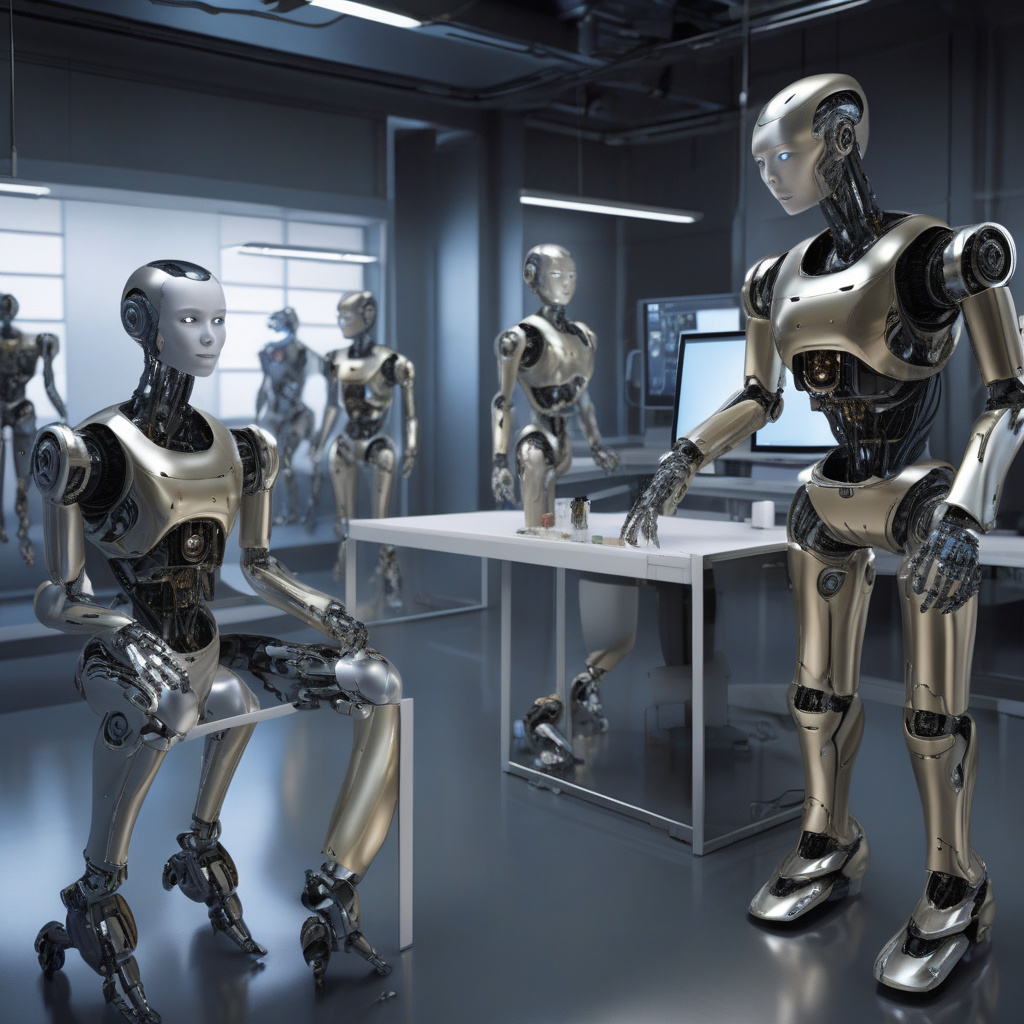From Chatbots to Robots: The Rise of ‘Physical AI’
In a recent Nvidia earnings call, CEO Jensen Huang highlighted the emergence of “physical AI,” a fusion of artificial intelligence with tangible entities like robots and IoT devices. This innovation allows AI to process real-time data and make dynamic decisions, departing from traditional fixed-rule systems.
Physical AI, as explained by global consultancy Arthur D. Little, bridges the gap between generative AI (genAI) and real-world applications. Unlike genAI’s focus on digital content creation, physical AI embeds intelligence into devices for real-world sensing, decision-making, and action.
The impact of physical AI extends across sectors such as logistics, healthcare, and manufacturing, where it enhances autonomy and data utilization. Companies like Amazon Robotics are leveraging physical AI to optimize operations, improve efficiency, and ensure workplace safety through robotic automation.
Despite concerns about job displacement, physical AI is reshaping roles rather than replacing them. AI-infused robotics offer flexibility, adaptability, and increased autonomy, allowing humans to focus on higher-value tasks while robots handle repetitive functions.
As AI continues to evolve, the collaboration between humans and machines becomes increasingly essential. Research shows that AI and robotics are enhancing safety, productivity, and job satisfaction for workers, debunking fears of widespread automation-driven unemployment.
The rise of humanoid robots, anticipated to exceed $5 trillion by 2050, presents a new frontier in physical AI. While companies like Tesla are pioneering autonomous humanoid robots for various tasks, experts caution that the human form factor may not always be the optimal solution in robotics.
China leads in humanoid robot development, with applications primarily in industrial and commercial settings. As technology advances, regulatory frameworks evolve, and societal acceptance grows, the adoption of humanoid robots is expected to surge in the late 2030s.
In conclusion, the evolution of physical AI signifies a transformative era in technology, where AI and robotics converge to enhance efficiency, safety, and collaboration between humans and machines. As we navigate this evolving landscape, it’s crucial to embrace innovation while considering the nuanced impact on workforce dynamics and societal norms.
—
As physical AI revolutionizes industries, the synergy between human expertise and AI capabilities propels us into a dynamic future where innovation and collaboration redefine possibilities.

